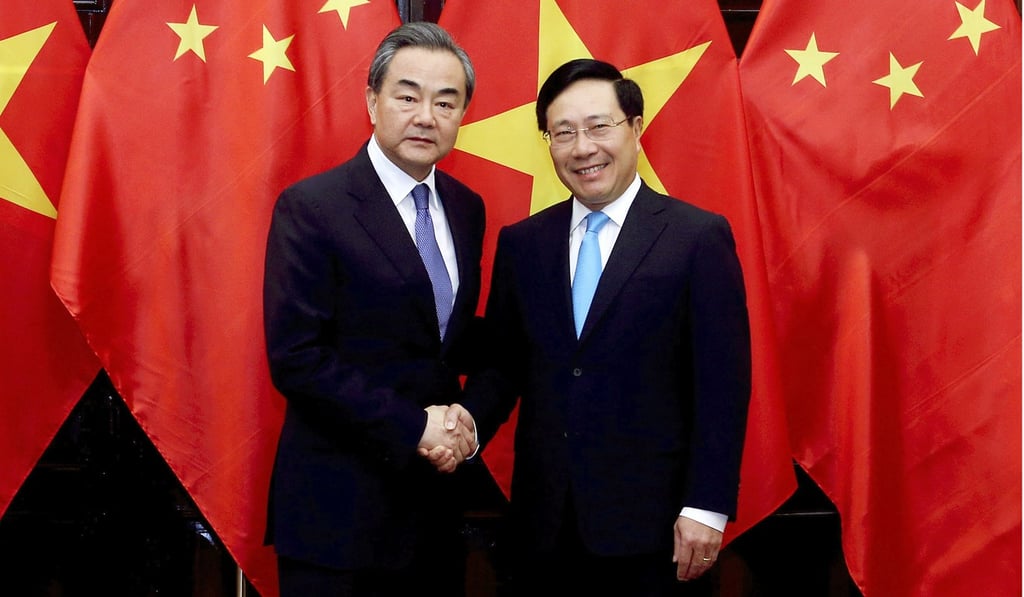Opinion | South China Sea stand-off shows Vietnam has few options in dealing with Beijing’s bullying
- Impasse at the Vanguard Bank suggests diplomacy is Vietnam’s first – and last – line of defence against China’s assertiveness in the contested waters

So far, Vietnam has tried to keep a low profile regarding the incident. In the first two weeks of the stand-off, despite reports about the incident on social media, Hanoi did not publicly protest against China’s actions and Vietnamese official media did not report about it. Almost two weeks after the incident started, the Vietnamese foreign ministry issued a diplomatic protest on July 16, 2019, but the content of the statement was vague and it failed to name China. It was not until July 19 that the ministry issued a stronger statement that condemned China and called on “all relevant parties and the international community” to contribute to the maintenance of order, peace and security in the South China Sea.

Vietnam’s rather muted reactions to the incident may have derived from a number of considerations. First, while Vietnam rules out military options, it may also view the use of law-enforcement ships to block or ram Chinese vessels not a favourable tactic, given that China’s ships outnumber Vietnam’s and such a tactic may trigger an armed conflict or cause substantial damages to the Vietnamese vessels. On the other hand, while the operation of the Chinese survey ship in the said area constitutes a violation of Vietnam’s sovereign rights, Hanoi may consider the incident as not as serious as the planting of an oil rig in its EEZ as China did in 2014. Stronger reactions, therefore, may not be necessary in this case.
